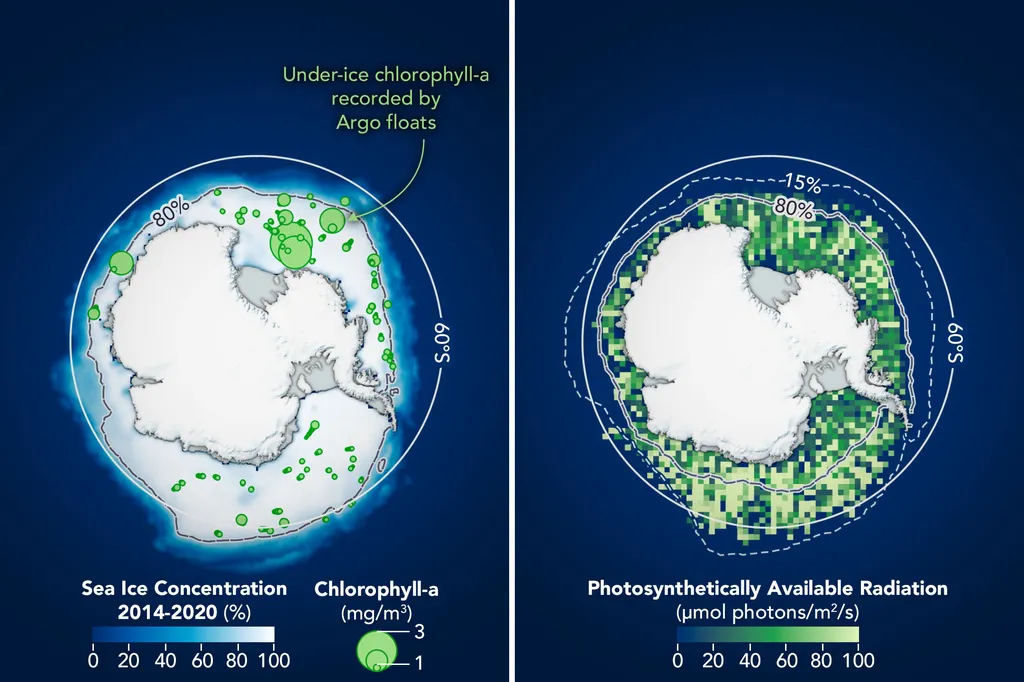In the frigid waters of the Antarctic, a microscopic world thrives, playing a crucial role in global carbon cycling and supporting the foundation of the marine food web. Phytoplankton, the tiny plant-like organisms that drift with the currents, are the unsung heroes of the Southern Ocean, providing the primary food source for Antarctic krill, a vital fishery resource. Understanding the dynamics of these phytoplankton communities is essential for managing fishery resources and assessing ecosystem responses to climate change. A recent study published in *Progress in Fishery Sciences* sheds light on the best methods for studying these communities, with implications that could resonate through the agriculture and fishery sectors.
The study, led by LUO Peiru from the Yellow Sea Fisheries Research Institute, Chinese Academy of Fishery Sciences, compared two widely used bioinformatics pipelines for processing environmental DNA (eDNA) metabarcoding data from Antarctic phytoplankton. The pipelines, VSEARCH-UPARSE and USEARCH-UNOISE3, employ different methods for delineating taxonomic units—operational taxonomic units (OTUs) and amplicon sequence variants (ASVs), respectively. The choice of method can significantly impact the accuracy of diversity assessments, which in turn influences our understanding of ecosystem dynamics and fishery management strategies.
Phytoplankton communities derived from both pipelines were dominated by three key phyla: dinoflagellates, diatoms, and haptophytes. While both methods effectively characterized the overall structure of phytoplankton communities, the OTU approach generated significantly higher richness indices, whereas the ASV method exhibited greater evenness indices. “This discrepancy likely stems from artifacts in OTU clustering, where sequence errors or intragenomic variants may inflate diversity estimates by generating low-abundance false-positive OTUs,” explains LUO Peiru.
At the species level, both pipelines identified common dominant taxa in Antarctic waters, including *Phaeocystis antarctica*, *Corethron inerme*, and *Chaetoceros dichaeta*. However, the ASV pipeline provided more precise taxonomic information, identifying dominant species such as *Fragilariopsis cylindrus* and *Fragilariopsis kerguelensis*, which were underestimated or exhibited less accurate annotation in the OTU database. The ASV pipeline also detected the potentially invasive dinoflagellate *Ptychodiscus noctiluca*, which was absent in the OTU results. “ASVs provided more precise taxonomic information, identifying dominant species that were underestimated or exhibited less accurate annotation in the OTU database,” LUO Peiru noted.
For β diversity analysis, weighted distance indices showed consistent patterns between pipelines, while unweighted indices exhibited significant discrepancies. This suggests that abundance-weighted approaches may be more robust for community comparisons. The study highlights the importance of choosing the right bioinformatics pipeline for accurate diversity assessments, which can have significant implications for fishery management and ecosystem conservation.
The findings of this study are particularly relevant for the agriculture and fishery sectors. Accurate assessments of phytoplankton diversity are essential for understanding the health of marine ecosystems and predicting the impacts of climate change on fishery resources. As the Southern Ocean undergoes rapid transformation due to global climate change, the ability to accurately assess phytoplankton diversity becomes increasingly important for managing fishery resources and ensuring the sustainability of marine ecosystems.
The study also underscores the need for further exploration of different algorithms and genetic markers in metabarcoding-based diversity analysis. As data processing methods advance, the influence of these factors on the accuracy of diversity assessments will become increasingly important. The insights gained from this study can provide a theoretical basis for the selection of methods for future phytoplankton diversity research, shaping the development of more accurate and reliable assessment tools.
In the quest to understand and manage the complex dynamics of marine ecosystems, the choice of bioinformatics pipeline can make all the difference. As LUO Peiru and colleagues have shown, the ASV pipeline may offer greater potential for achieving finer taxonomic resolution and more robust community comparisons. As we continue to grapple with the challenges of climate change and the need for sustainable fishery management, the insights gained from this study will be invaluable for shaping the future of marine biodiversity research and conservation efforts.

